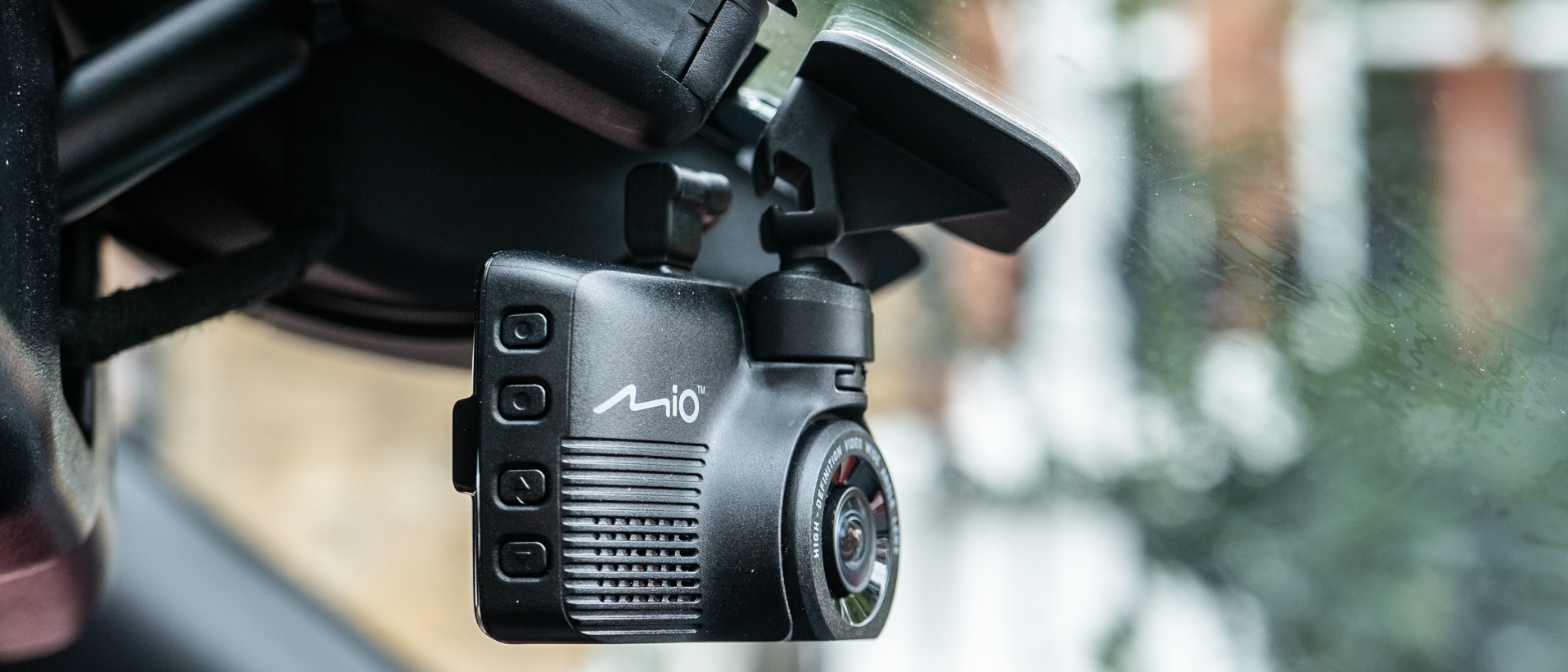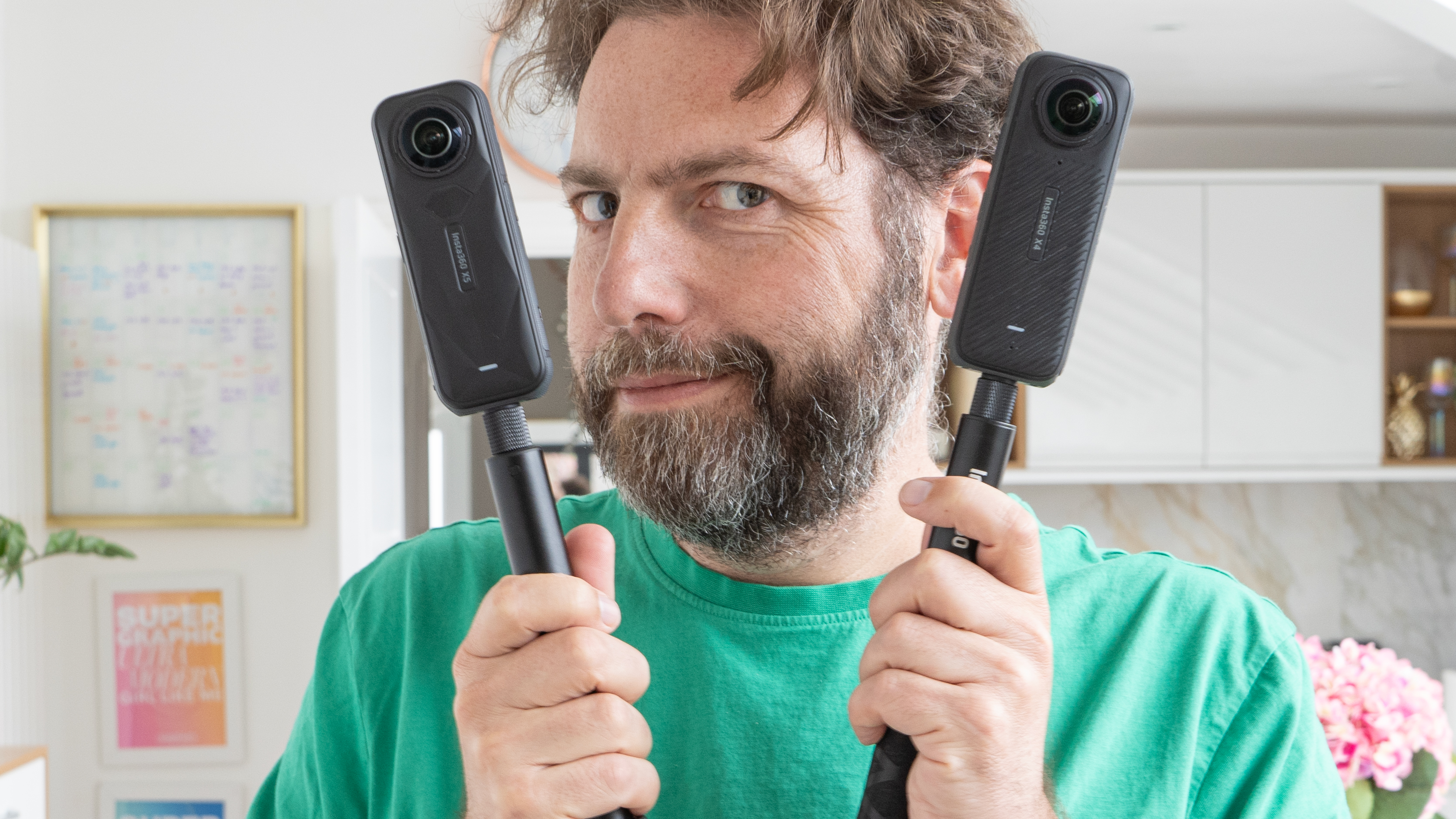Digital Camera World Verdict
The MiVue 798 Pro dash cam by Mio gives the option of 2.8K video at a low frame rate or 1080p at impressive 60fps. It also has a high-quality Sony Starvis sensor and a suite of driver assistance features for those who want them. Setup is simple enough, while GPS adds speed and location data to recordings, and transferring video via Wi-Fi and the Mio smartphone app is mostly painless. The windscreen mount could be better, but it otherwise does the job and holds the camera securely.
Pros
- +
High-end video options
- +
GPS
- +
Wi-Fi for easy video transfer
Cons
- -
Windscreen mount lacks quality
- -
Headline 2.8K video only possible at 25fps
- -
Smartphone app isn’t the best
Why you can trust Digital Camera World
The Mivue 798 Pro fits in at the top of Mio’s MiVue 7 Series of dash cams, replacing the regular 798 and carrying a retail price of £199.99. This is a dash cam with a large, high-resolution Sony Starvis imaging sensor, speed camera and forward collision alerts, Wi-Fi for transferring recordings to Mio’s smartphone app, and integrated GPS.
The MiVue 798 Pro can be connected to an optional rear-facing camera (sold separately) and features a large, non-touch display for navigating menus, checking the view during setup, and looking at recordings before transferring them to your phone or computer.
At £200, Mio is pitching this at the premium end of the compact dash cam market, where it faces stiff competition from our current favourite dash cam, the Garmin 67W. Should you opt for the lesser-known Mio over a rival from Garmin, Nextbase or Thinkware? Read on to find out.
Mio MiVue 798 Pro specifications
Why you can trust Digital Camera World
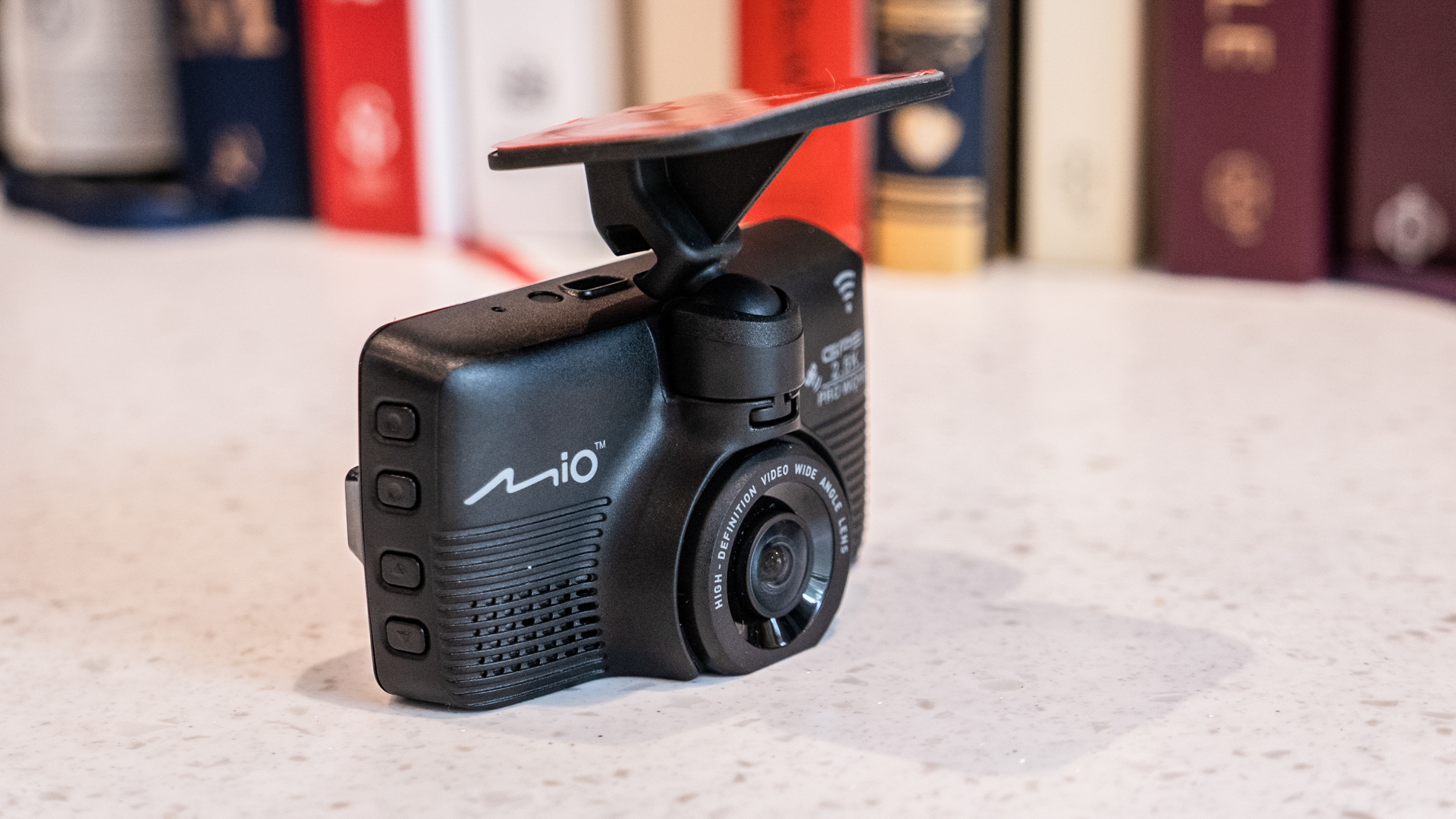
Resolution: Up to 2460 x 1600 at 25fps, 2560 x 1440 at 30fps, 1920 x 1080 at 60fps
HDR: No
Field of view: 145 degrees
Display: 2.7in
Battery: 240mAh
Voice control: No
Speed camera alerts: Yes
Dimensions: 48.8 x 90.2 x 37.1mm
Weight: 112g
Rear camera: Optional, sold separately
Key features
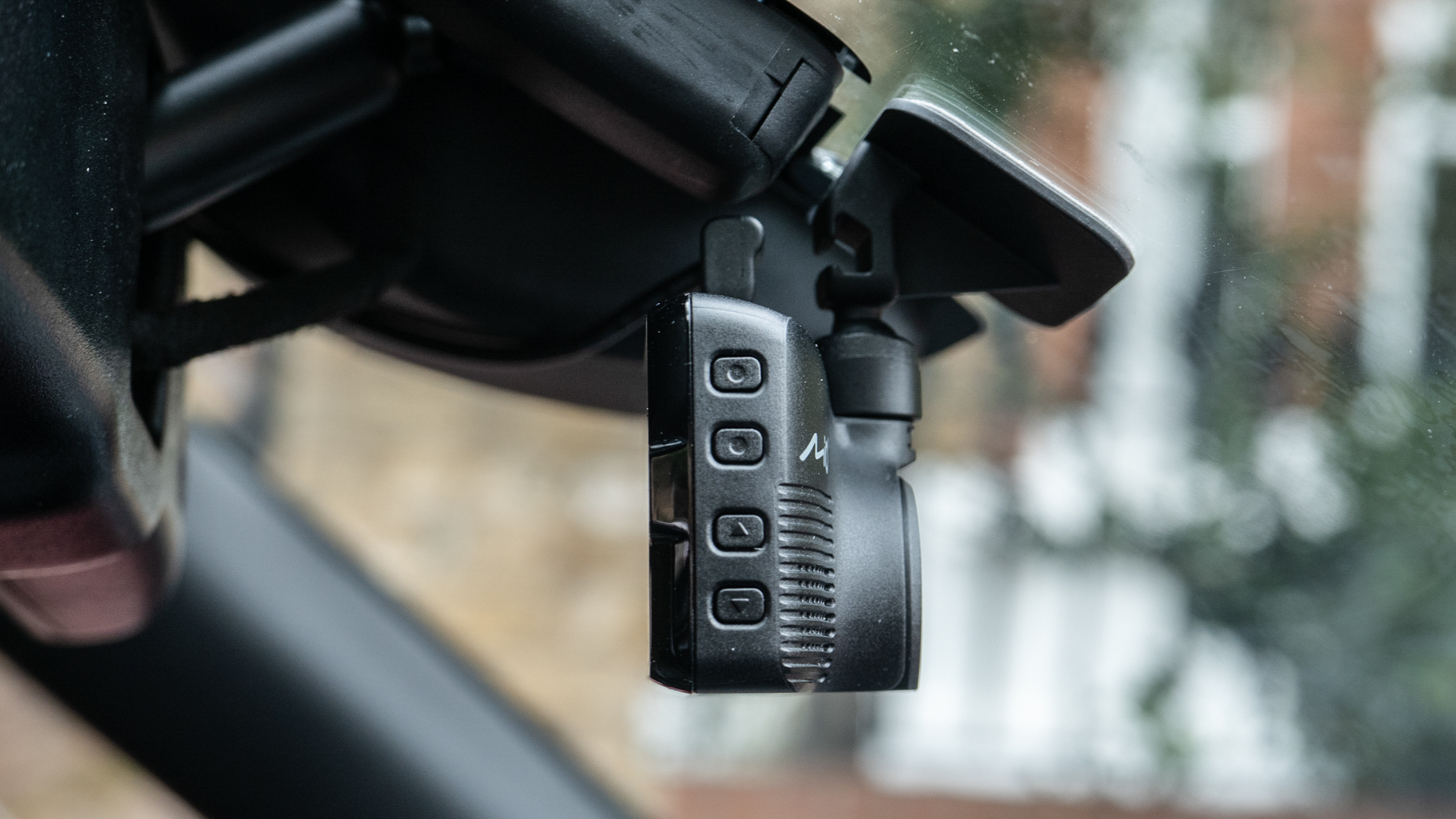
Being a high-end dash cam, there are a lot of features to unpack, and only one of these is the Mio’s video quality. The aforementioned Sony sensor has several recording options, depending on whether you want to prioritise resolution or frame rate. The headline-grabbing 2.8K, 1600p resolution is only available with a relatively slow frame rate of 25 frames per second. We reckon you are better off using the 1440p option at 30fps or even the Full HD option at 60fps.
That way, you still get sharp 1080p video, but with a far higher frame rate that makes for smoother footage, and more detail is preserved when your videos are paused. That way, key details like vehicle registration plates and road signs are easier to read in each freeze-frame. That said, we like how four recording options are available.
GPS and Wi-Fi are both integrated, the former adding accurate speed and location data to your recordings, and the latter making it easy to transfer files to Mio’s smartphone app. As with most other dash cams, this app isn’t the best, and can be a little clunky. We were also disappointed to see how, after updating to the latest dash cam firmware, our settings preferences were reset and the time inexplicably jumped forward 10 minutes.
There’s also a speed camera alert, as well as a forward collision warning system, fatigue alerts, a headlight reminder, lane departure warning, and a notification for when the vehicle ahead sets off and you’re not paying attention. As ever with dash cams, these features are a little hit-and-miss, and are usually bettered by your car’s own driver assistance system. We prefer to switch them all off and leave the dash cam to be a dash cam, and nothing else.
Build and handling
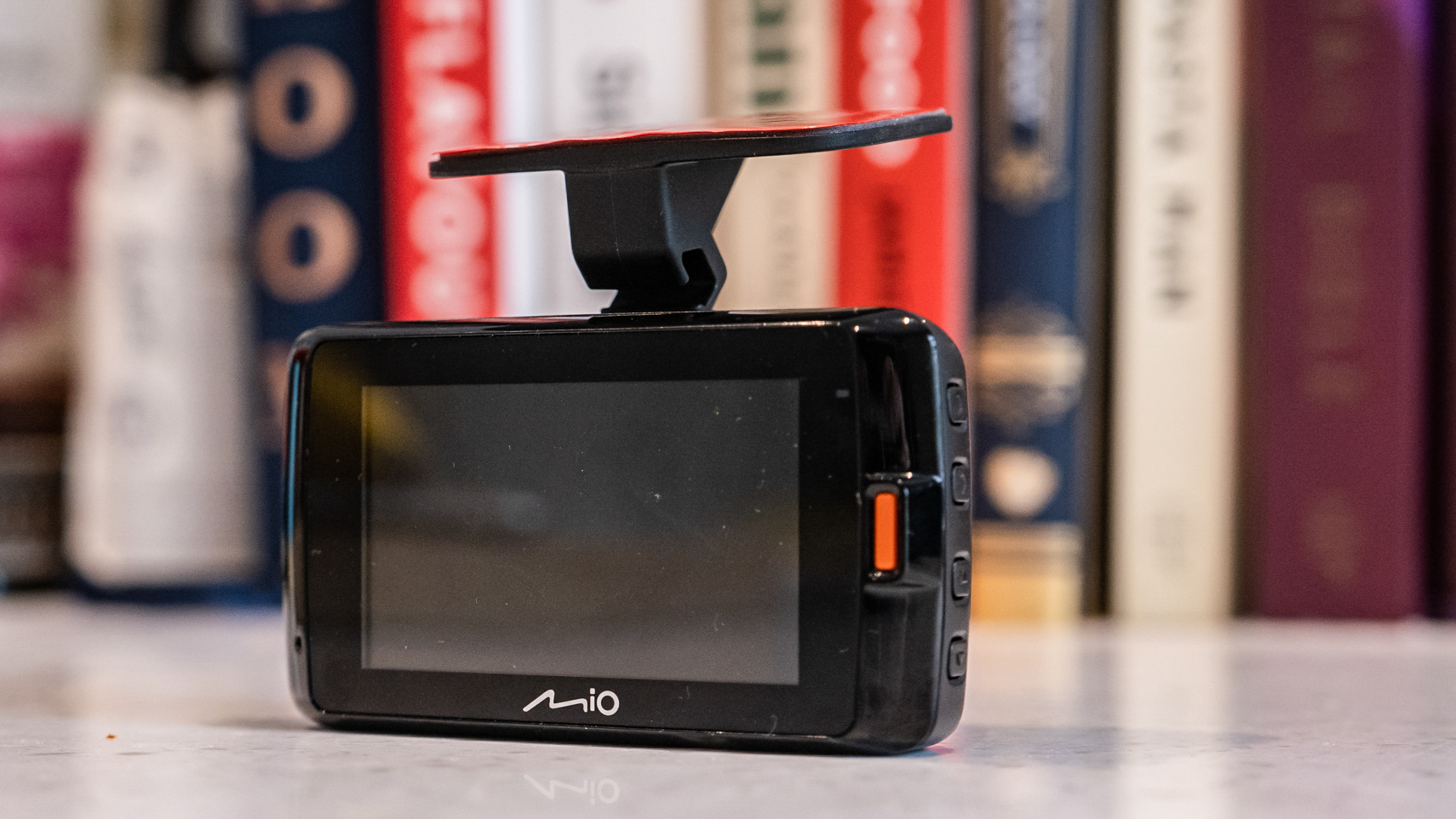
As far as hardware is concerned, the MiVue 798 Pro sticks close to the dash cam norms we’ve all become used to. There’s a centrally-mounted lens on the front, a 2.7in screen on the back with buttons to navigate through the user interface on the side, and a microSD card slot underneath. A card is not included.
The Mio slides snugly onto its windscreen mount, which uses a ball-and-socket joint to adjust the camera’s position, and fixes to the windscreen with an integrated adhesive pad. This pad is fairly large and takes up more screen space than some others, but the whole unit is still compact enough to mostly disappear behind the rear view mirror.
However, the camera’s live view does not switch off after a few seconds of driving, as it does on most other dash cams. We found this quite distracting, and suggest buyers fit their 798 Pro in a position where the mirror blocks the display entirely. The camera is difficult to remove from its windscreen mount, so you’ll likely want to leave it permanently in place once installed.
Performance
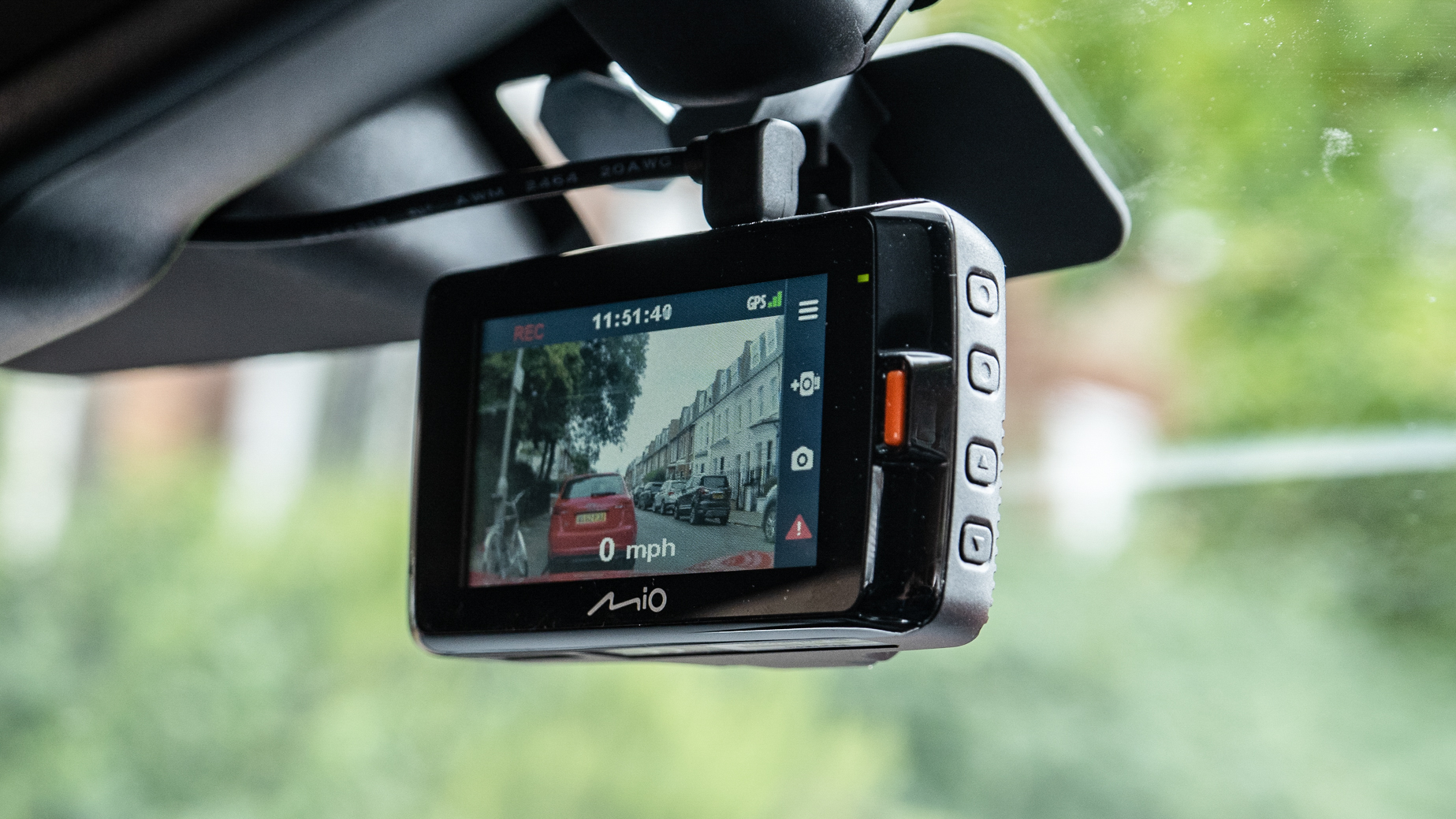
We prefer to have the higher 60fps frame rate of 1080p, but also like how the option for 1440p and 1600p, albeit at lower frame rates, are also there. All produce good quality video that is exactly what you’d hope for from a £200 dash cam
The Sony Starvis imaging sensor performs well at night too, and footage is nice and smooth, even when navigating speed bumps in a car with a fairly firm ride. The option for audio recording is also here, but we suspect most owners will switch that off in the interests of passenger privacy.
Doing so means digging into the dash cam’s user interface, which is navigated via four buttons on the side. This works fine, but it’s not quite as slick as some others we have seen, and nor is it as intuitive as it would be with a touch screen, although that would increase the price beyond what such convenience is worth.
The Mio boots up and shuts down quickly, and updating its firmware via Wi-Fi connection with the smartphone app was simple enough, but took about 10 minutes in total, including a couple of automated reboots.
Verdict
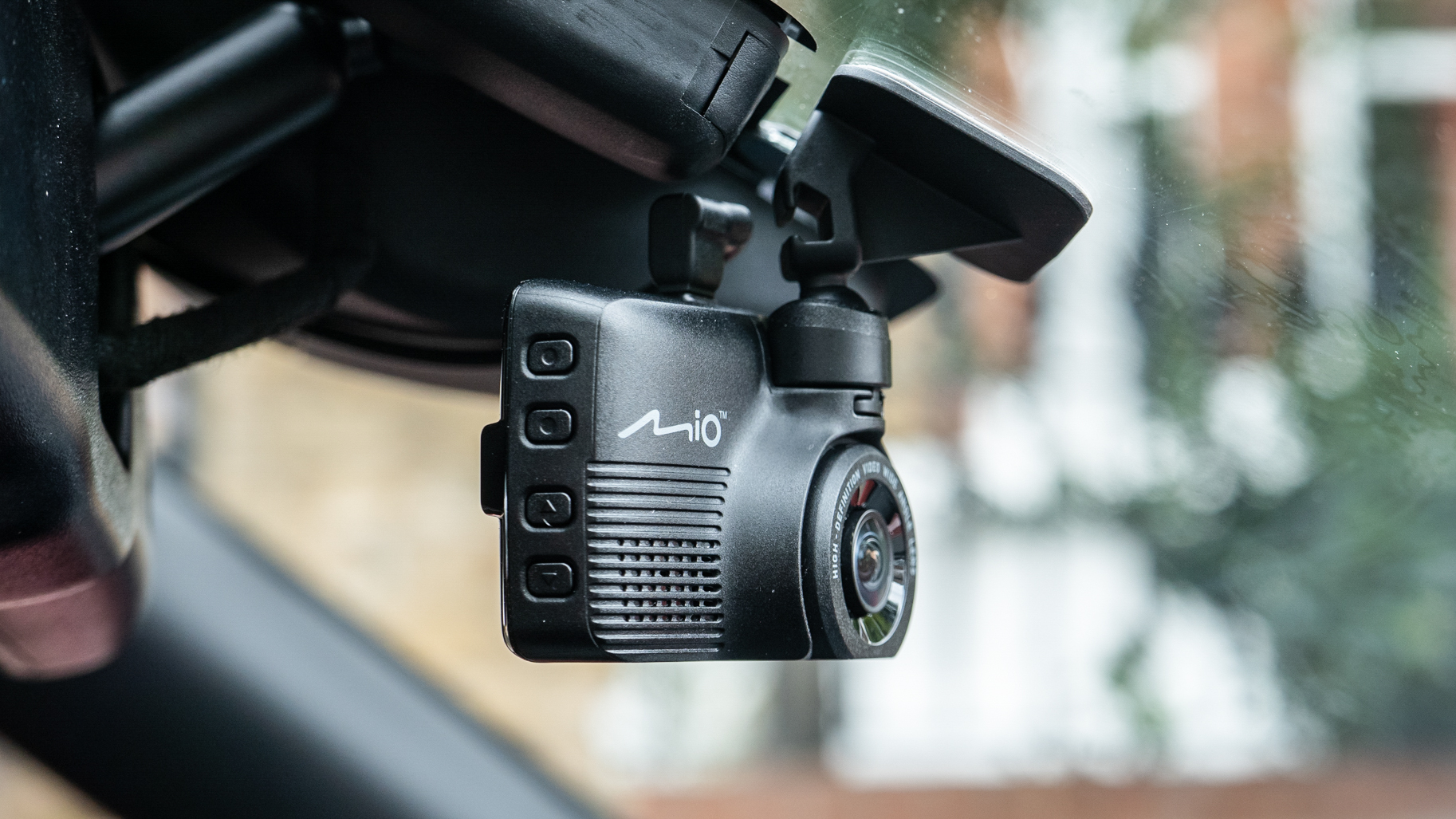
By all accounts, the Mio MiVue 798 Pro is a great dash cam. It is compact enough for most vehicles, with a good range of high-end video resolutions to choose from, good nighttime performance, and a range of driver assistance features for those who really want them.
The smartphone app works fine, but isn’t much to write home about, and the way the windscreen mount attaches (and especially detaches) to the dash cam itself is a bit awkward. But these are minor gripes for what is otherwise a good option for those who want high-resolution (or high frame rate) video. It may not have the brand power of Garmin, but don’t let that put you off.
Read more guides:
Best dash cams
Best front and rear dash cams
Best Uber dash cams
The best camera phones today
Best indoor security cameras
Best outdoor security cameras
Best action cameras
The best helmet cameras
Best backup camera
Alistair has been a journalist since 2011 and used to be Deputy Technology Editor at IBTimes in London. His specialist tech subjects include smart home gadgets, phones, wearables, tablets and dashcams. He is the host of The AutoChat Podcast.
